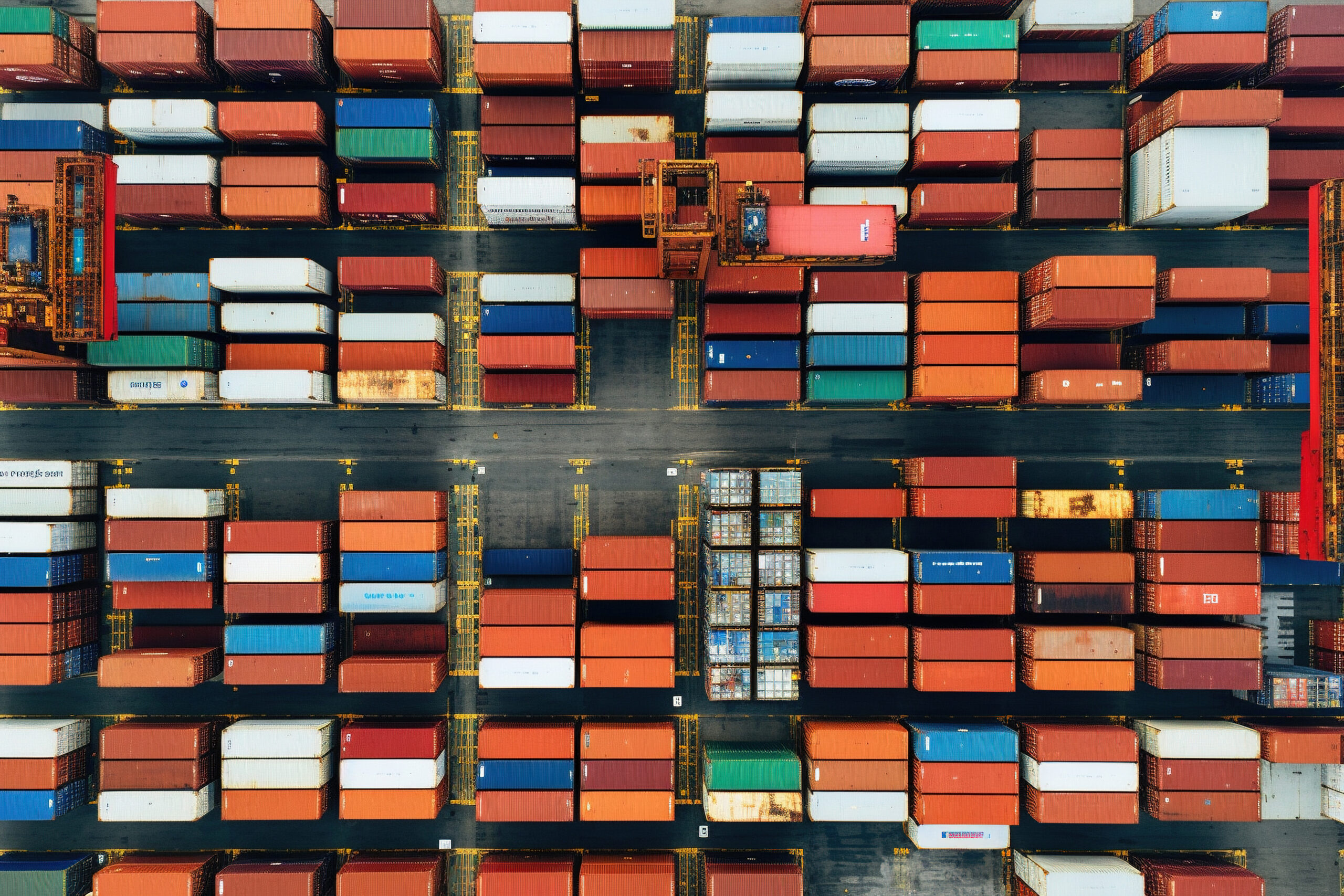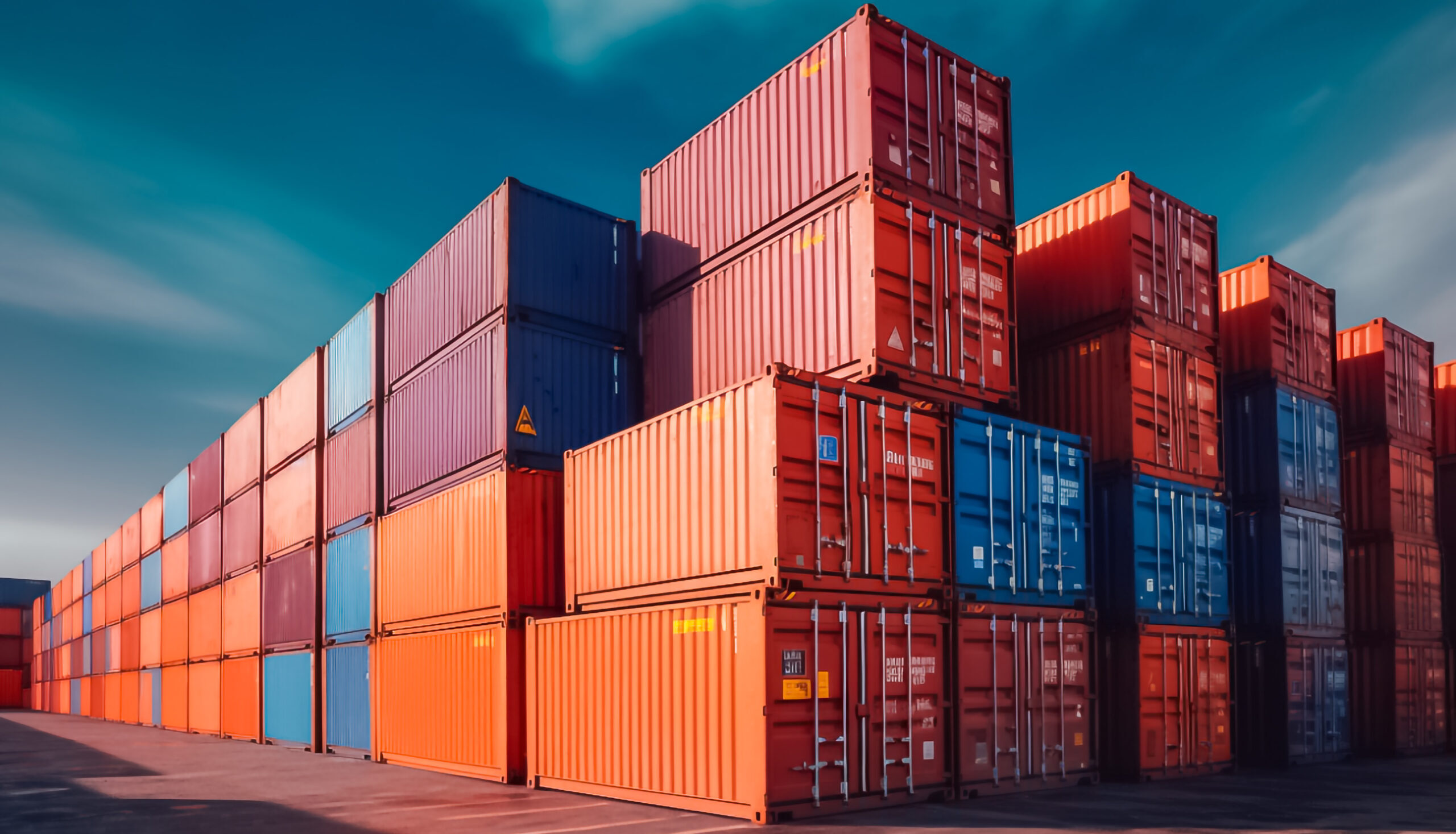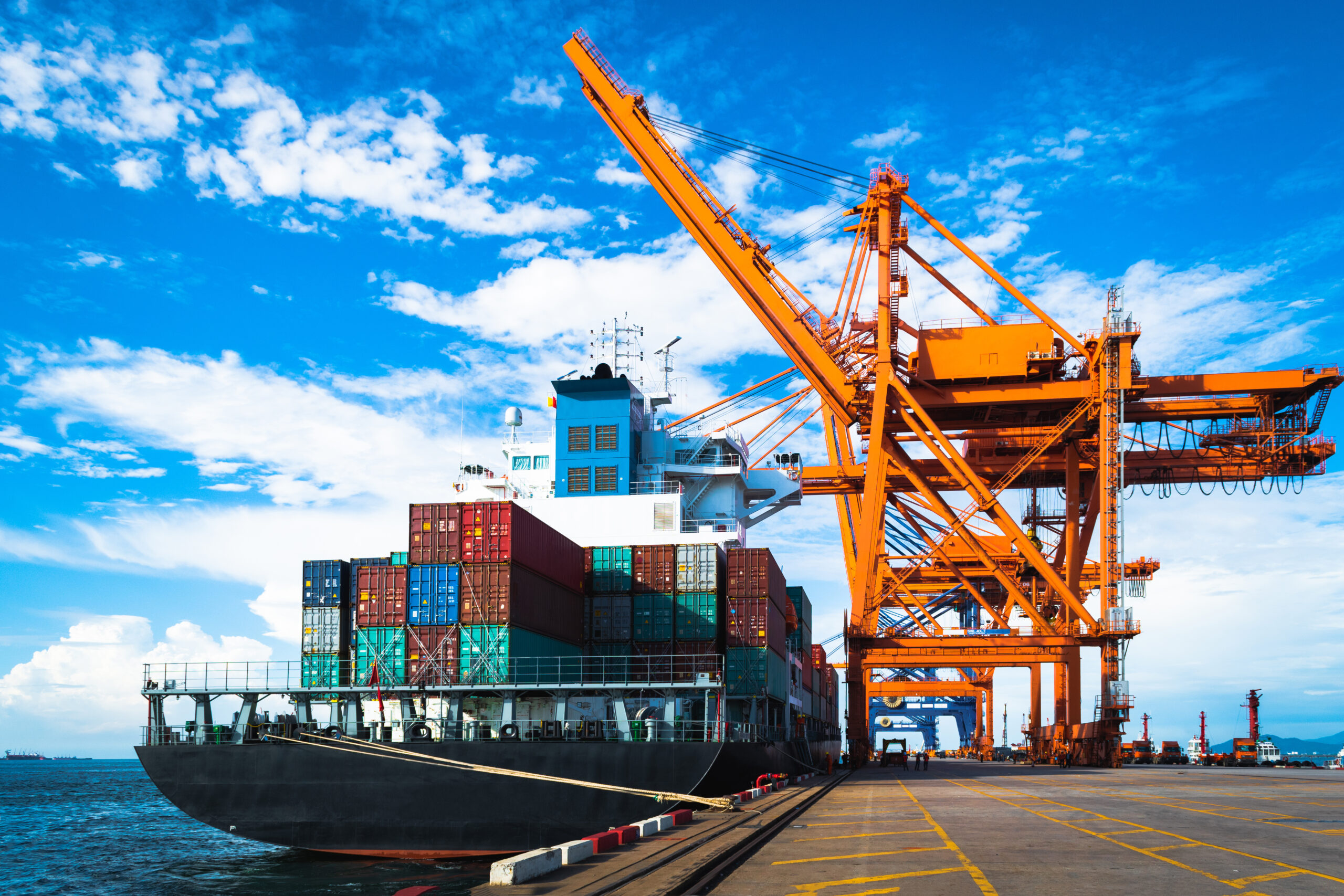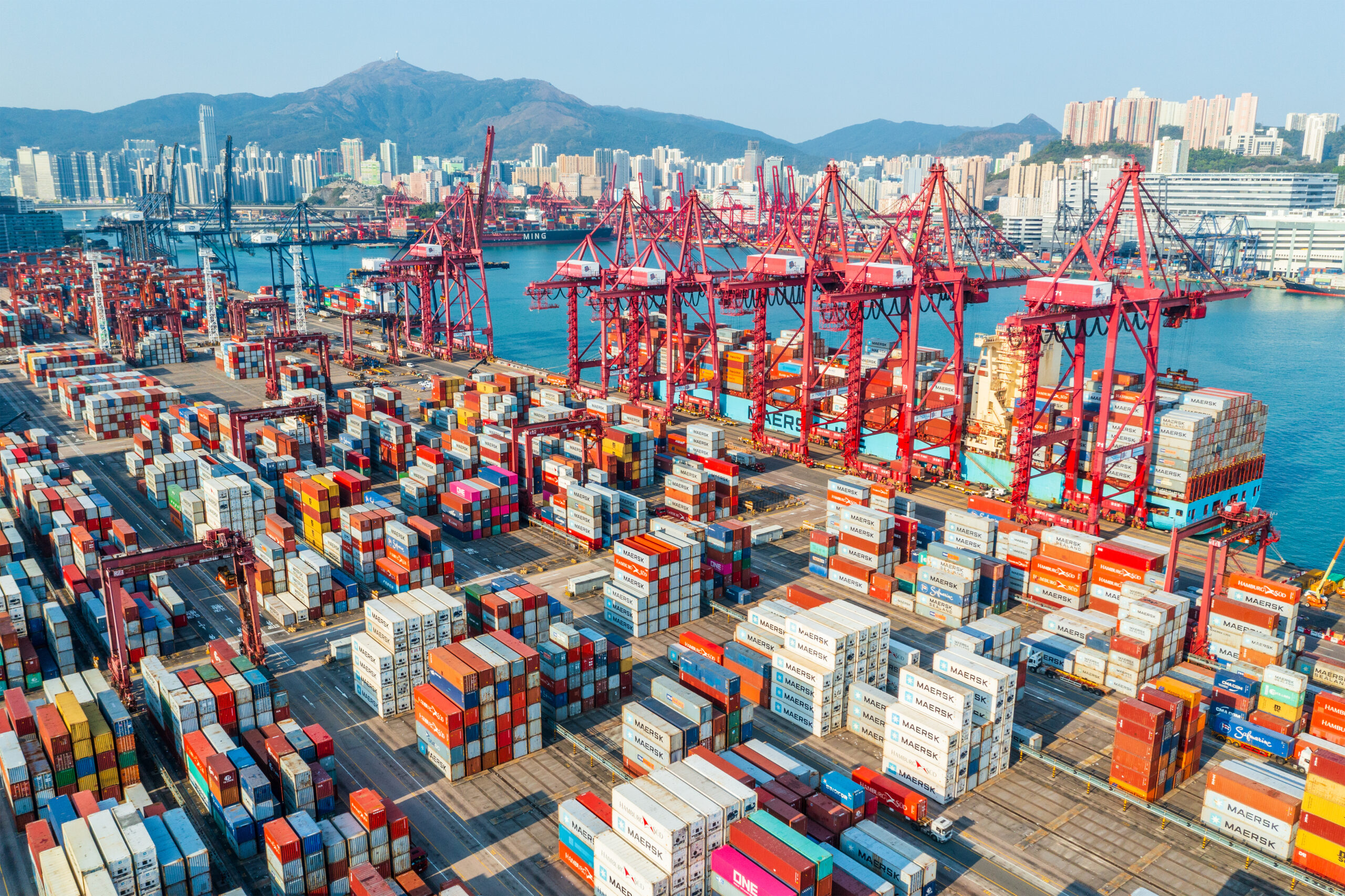Define a TOS (Terminal Operating System)
What is a Terminal Operating System (TOS)?
If the global supply chain today is a massive central nervous system with millions of moving parts, a Terminal Operating System (TOS) is one of its major arteries, controlling the movement and storage of cargo through a facility.
It applies to terminals of all types, in and around a port, marine terminal or an inland depot.
The process of moving goods in volume plays a critical role in delivery fulfillment.
You’re ensuring cargo is transferred quickly from facility to facility; you want to prevent accidents and stay compliant, all the while trying to improve revenue and meet increased throughput demands, which is why yard administers and operations managers need technology that makes it easier.
Without a software solution that turns your yard processes into actionable data, you might as well be playing Chess with your eyes closed.
Over 20 years of serving our customers, we’ve found that a lot of yard operators share the same frustrations. You want to be able to see the work and do the work quickly. You know you want to keep your turnaround times lean and avoid letting goods ‘sit’ in the yard for too long. You’re willing to implement change, but you aren’t sure of what you actually need.

The aim of this article is to help demystify your options and get you started. To kick things off, here are a few key questions you should be asking your YMS provider:
- What is your annual throughput in terms of TEU, Tons for General Cargo and Units for RORO?
- Do you have an expected timeline (procurement, start of implementation, expected go live date)?
- How many people do you foresee using the TOS (vessel, rail, yard planners, clerks, finance, customers, equipment drivers, etc)?
- Is there a strict preference for a on cloud vs on prem solution?
- Do you have a lot of integration requirements (Customs, PCS, ERP, etc)?
- Do you have or are you planning to have some form of equipment automation for container or general handling?
- Would you describe your operational processes as “fairly standard or manual” or more “customized to business?”
Why choose Kaleris TOS?
The primary goal of a terminal operating system is to increase the output speed of your operations to meet customer needs, improve operational efficiency, and maintain an edge in the logistics industry, but not all terminals are built equal.
Facilities that perform numerous intensive operations on a day-to-day basis for an exhaustive customer base require a fully multimodal solution. If you’re semi-automated, you may employ a YMS to help orchestrate the movements of automated equipment, such as AGVs (Automated Guided Vehicles) or AS/RS (Automated Storage and Retrieval Systems) by optimizing their routes and tasks.
Alternatively, you may run a tighter operation with no need to automate. Traditional terminals are limited in how efficiently they can juggle demand for quick turnaround times, which hurts your efficiency when there’s a formidable upsurge of global trade growth.
Routine gate congestion can slow your operations down to a crawl, which kills your yard or port’s reliability in the face of rising customer needs. The importance of meeting sustainability standards can’t be overstated in today’s climate crisis, and stakeholders expect yard owners to act responsibly in their efforts to minimize their impact.
It’s an ever-changing industry, and modernizing your facility and prioritizing your investment in infrastructure has never been more necessary to get a leg up against the competition.
That’s where a strong, scalable TOS comes in. Regardless of your yard type, Kaleris TOS has a tailored solution.

Our digital platform automates the parts of your terminal that you care about most, regardless of the size or scale of your operation – the berth, the yard, and the gate.
- Keep a bead on terminal inventory
- Track vessel moments in real-time
- Improve yard utilization
- Reduce your carbon footprint
- Reduce demurrage and detention rates (including containers, trucks, rail, and cranes)
- Create digital reports to reduce scheduling errors
- Create more efficient invoices
- Improve planning and decision-making support for vessel visits
If you’re a container terminal with some general cargo: Besides containers, our solution handles warehouse goods, dry bulk, break bulk, neo bulk, stripping and stuffing operations. Our Master Terminal offers:
- Real-Time Cargo Visibility: Make tracking what’s going on in your yard as easy as looking at Google Maps on your phone with our RTLS. Cargo movements are recorded in real time, providing a digital interface that gives you inventory visibility and better yard utilization, mobile & vehicle apps, as well as a webportal.
- Minimize Revenue Leakage: Diminish those unnecessary piles of paperwork. Capture all billable events (CBM, FRT/Revenue Tons etc), manage contracts and invoices. Never lose revenue again with in-built billing options.
- Cargo Granularity: Cargo can be individually tracked via types and subtypes making it easy to serve a variety of customer contracts, even for the same products/goods that may have different handling rules.
- Customizable Workflows: There’s no one-size fits all. Add tasks that are specific to your product or operation, enabling granular billing for additional services (such as a task for weighing of cargo, or applying labels).
- Robust EDI Integration: Handles all major EDI for container cargo as well as definable file formats to drive standardization for mixed cargo.
- Value Added Services: Allows terminals to generate new revenue streams via VAS (blending, bagging, aggregating, CFS etc).

If your role is on the port: N4 is the most advanced terminal operating system on the market. It offers various externalization and integration opportunities as well as advanced optimization modules.
- Global technology standard TOS: It has over 350 live sites and understands the intricacies required to efficiently and cost effectively manage terminal operations of all sizes, whether manual, semi-automated or fully automated.
- Optimization: Our optimization modules deliver significant benefits such as increased yard utilization and CHE productivity.
- ROI Proven Solution: Customers get measurable & tangible revenue increase, productivity gain and cost reduction.
- Automation: Support for any type of operation, whether you have automated stacking cranes or AGVs (Automated Guided Vehicles) or auto-trucks, our process automation provides complexity that scales with you.
- Scalability: Scalable up to 12m TEUs of a single site.
- Extensibility: Supports injecting groovy-language code that extends or becomes part of the N4 business flow, allowing for extensive customization.
- Prevent Revenue Drain: Capture all billable events and invoices with N4 billing.
- Robust EDI and API Integration: Handles all major EDI for container cargo as well as supporting integration with various systems and data streams via EVP.
If you’re a mixed cargo yard: We have a TOS specifically designed for mixed cargo terminals, as well as containers, bulk, break bulk, and project cargo, automobiles, trucks, semi-trailer trucks, trailers, and railroad cars.
- Low TCO: A true cloud-based SaaS application that reduces overheads. Databases with new releases are pushed every 2 weeks with zero downtime, containing new updates, improvements and bug fixes.
- Stakeholder Self Service: No limit on the number of users whether they are internal or external. Octopi is web based, and can be used as a web portal for the community.
- Built in KPIs: Stay ahead of the curve and measure operational performance with configured reports, embedded dashboards, widgets & data extraction capabilities.
- No More Revenue Loss: Eliminate manual processes at the terminal/depot by capturing information in real time and generating automatic invoices.
- Faster Time to Value: A remote onboarding methodology that helps deploy Octopi in 4-6 months.
- Best Practices: Octopi is a 70-80% pre-configured application with standard workflows that have been designed based on the operations of small-medium terminals/depots using pen/paper or old inhouse systems.

What TOS is right for my supply chain?
Imagine you run a traffic control tower at an airport. They’ve got radars to see where planes are, but they also have to instruct pilots, guide them to their gates, and manage takeoffs and landings to ensure safety. You need visibility on everything – if you were guiding a plane with nothing but your bare eyes and a manual compass, you wouldn’t get very far before being deemed responsible for dozens of nosediving jets. And with the sheer volume of containers terminals process everyday, manually keeping track would be nearly impossible.
Access to data and automated procedures have become the connective tissue that empowers supply chain action. If you’re particular about your deployment type, you want a terminal operating solution that meets your needs.
The Solution for Terminals that Want a Lean IT Footprint
Navis has been connecting the supply chain over the last 30 years, Navis has designed its TOS to meet the unique core challenges and needs of different types of terminal operations. We aim to instill the same passion into all areas of terminal operations, including general cargo. There is no point of visibility if you can’t act on the problems you identify swiftly and effectively, which is why our products go beyond identifying the issues in your operations—we give you the tech to compete.
- Make sure your operations are future proof
- Reduce your CO2 emissions with better management and reduce your carbon footprint
- Reduce rehandles
- Eliminate the threat of illicit cargo
- Increase cybersecurity
How can implementing a TOS (Terminal Operating System) benefit my operation?
- Maximized Throughput: Improve vessel loading and unloading, container stacking and storage, and transportation within the terminal.
- Minimized Dwell Time: Cut short the time that your cargo spends in the terminal, from arrival to departure. By streamlining operations and reducing bottlenecks, a data-driven TOS is critical for maintaining a smooth flow of goods and reducing costs for shippers.
- Improved Resource Utilization: Make better use of pre-existing terminal resources such as equipment (e.g., cranes, forklifts), labor, and space by coordinating the allocation of resources based on demand and priorities.
- Better Safety and Security: Create more accurate equipment maintenance schedules and track cargo movements to comply with security measures that prevent theft, tampering, or other security breaches.
- Get 100% Visibility and Transparency: Ever wanted a bird’s eye view of the ins and outs of your facility? With real-time visibility into your terminal operations, you can track the status and location of all cargo, equipment, and vehicles. This enhances transparency and enables better decision-making for terminal operators, shipping lines, freight forwarders, and other parties involved in your supply chain.
Under the Kaleris platform, we interact with our stakeholders across the globe to make moves happen and collaborate with shippers on land and at sea. To learn more about our diverse suite of terminal operating solutions, chat with an expert.
Find The Right Fit for Your Supply Chain, Regardless of Size, Scale or Inventory
-
- For Small-Mid Sized Terminals: Modern SaaS based TOS for every type of cargo ideal for simple small container or mixed-cargo terminals looking for a turn-key solution that eliminates paper and minimizes infrastructure costs including IT.
- For General/Mixed Cargo or Medium-Large Terminals: TOS specifically designed for mixed cargo terminals with a mixture of bulk, break-bulk, RoRo and containers.
- For Large to Mega-Sized Complex Container Cargo Terminals: TOS designed for container terminals with some general cargo looking to optimize and automate their container operations.
- For Small-Mid Sized Terminals: Modern SaaS based TOS for every type of cargo ideal for simple small container or mixed-cargo terminals looking for a turn-key solution that eliminates paper and minimizes infrastructure costs including IT.
Take what you were doing with a thousand clipboards and put it in a system that grows with you. Contact us today to learn more about our diverse integrations.
Fill out the form below to learn more.